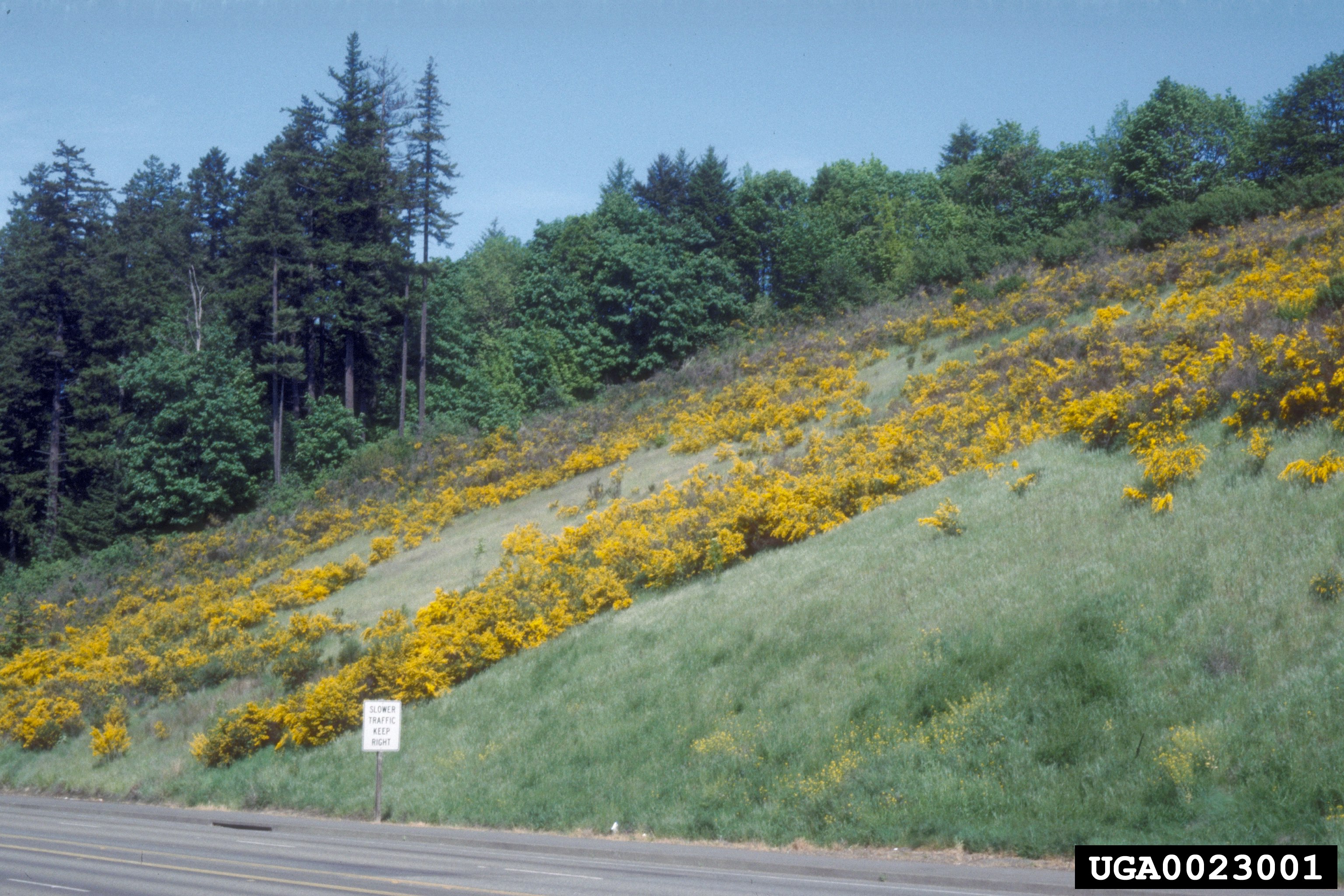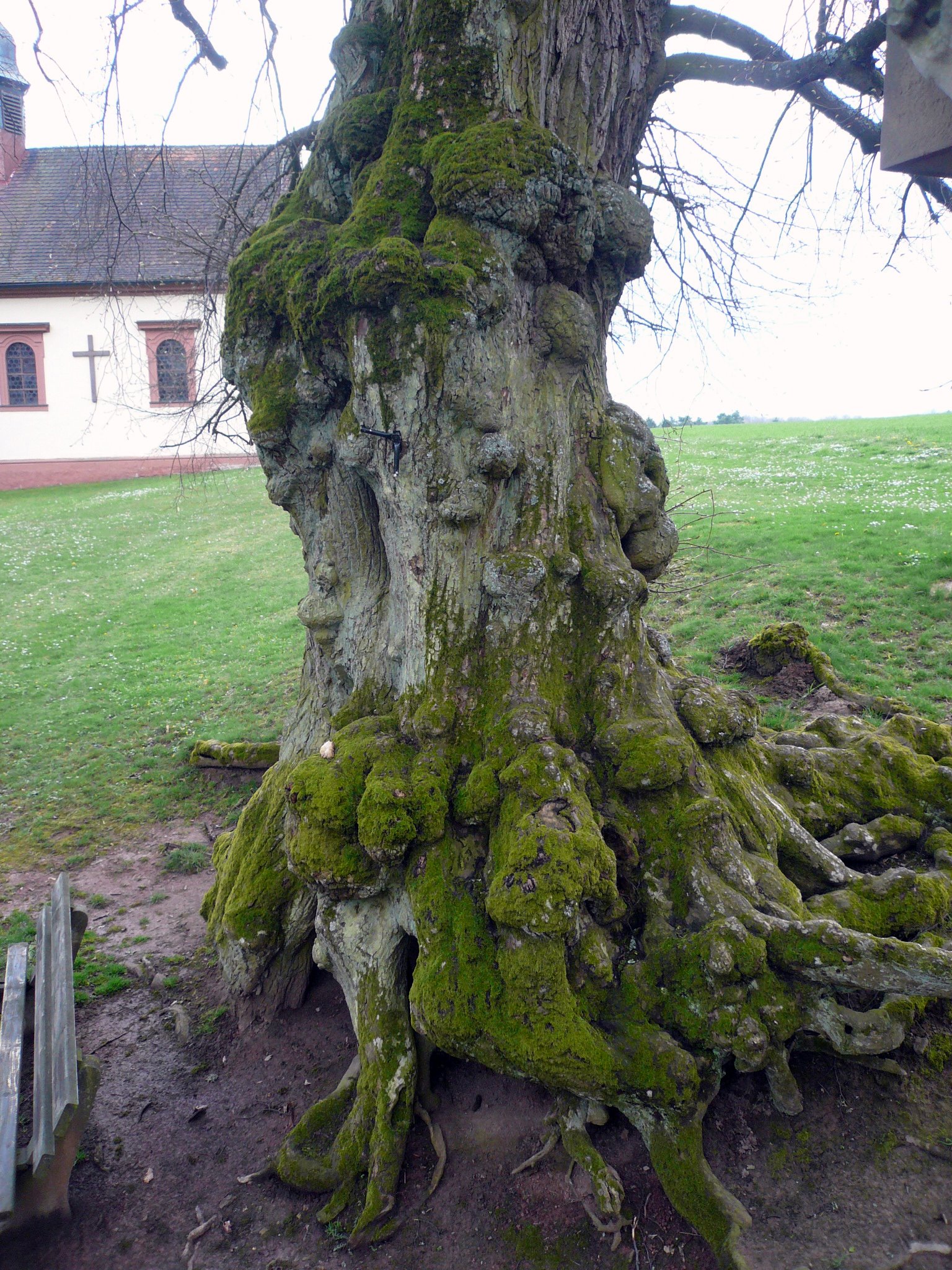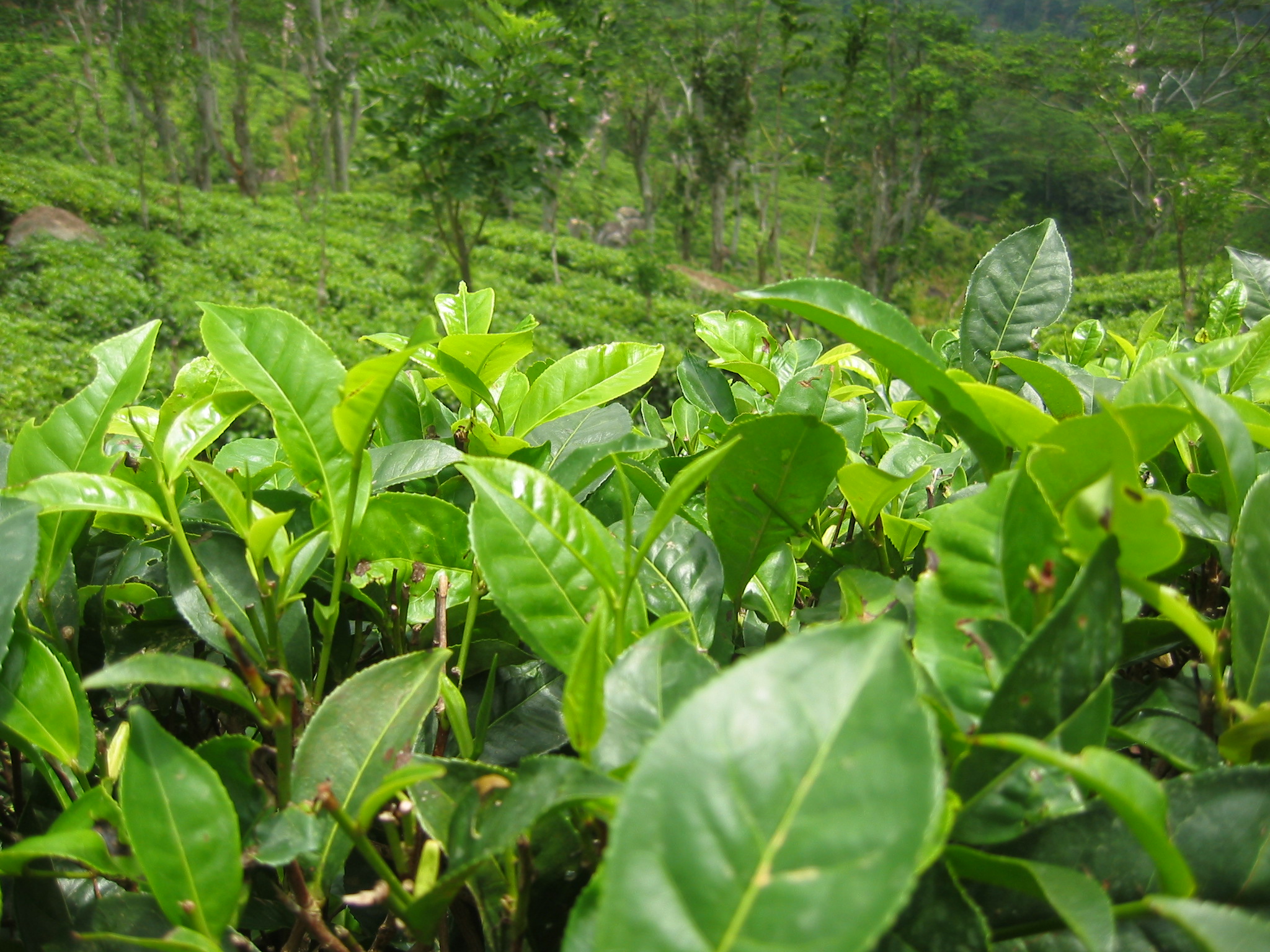|
History Of Harringay (1750–1880)
This significant period in Harringay's history witnessed the transition from a purely pastoral society and set the stage for the upheavals of the late 19th century. A period of change Over the 130 years covered by this article London’s phenomenal growth was to have a decisive and permanent effect on Harringay. In 1750 History of London#Population, London’s population stood at 700,000. By 1801 it was close to a million and became Europe’s largest city; thirty years later this figure had climbed to nearly 1.7 million and it had become the world’s biggest city. In 1851, London's population had grown to nearly 2.5 million and in 1891 it stood at over 5.5 million. Harringay – 18th & 19th century leisure destination This break-neck growth created an ever-increasing pressure for release from a crowded city. The earliest effects on Harringay were to be felt as the Southernmost part of the area became an immensely popular leisure destination for Londoners. Hornsey Wood House ... [...More Info...] [...Related Items...] OR: [Wikipedia] [Google] [Baidu] |
Harringay
Harringay (pronounced ) is a district of north London, England, within the London Borough of Haringey. It is centred on the section of Green Lanes running between the New River, where it crosses Green Lanes by Finsbury Park, and Duckett's Common, near Turnpike Lane. Location The boundaries of Harringay form a rough boot shape in the extreme southern centre of the borough of Haringey. The western boundary of Harringay is formed by the East Coast Main Line. The northern boundary is to the south of Turnpike Lane, running parallel to it, somewhere between Sydney Road and Fairfax Road. In the northeast, the boundary roughly corresponds with a line drawn between the south of Duckett's Common and the north end of Warwick Gardens. A line due south of this point, as far as Eade Road, forms the eastern boundary. Southeast of here a line to Finsbury Park completes the southeastern limits. Finsbury Park is officially part of HarringayWard boundaries classify the park as being within ... [...More Info...] [...Related Items...] OR: [Wikipedia] [Google] [Baidu] |
Ossulstone
Ossulstone is an obsolete subdivision (hundred) covering 26.4% of – and the most metropolitan part – of the historic county of Middlesex, England.British History Online �Hundreds of Middlesex/ref> It surrounded but did not include the City of London and the area has been entirely absorbed by the growth of London. It now corresponds to the seven London Boroughs of Inner London north of the Thames and, from Outer London, in decreasing order, certain historic parishes of the London boroughs of Ealing, Brent, Barnet, and Haringey. Toponomy Ossulstone was named after "Oswald's Stone" or "Oswulf's Stone", an unmarked minor pre-Roman monolith which stood at Tyburn, London (the modern-day junction of the Edgware Road with Bayswater Road). Oswald's Stone was earthed over in 1819, but dug up in 3-years later in 1822 because of its presumed historical significance. Later in the 19th century it was to be found leaning against Marble Arch. In 1869, shortly after an archae ... [...More Info...] [...Related Items...] OR: [Wikipedia] [Google] [Baidu] |
Eucalyptus
''Eucalyptus'' () is a genus of more than 700 species of flowering plants in the family Myrtaceae. Most species of ''Eucalyptus'' are trees, often Mallee (habit), mallees, and a few are shrubs. Along with several other genera in the tribe Eucalypteae, including ''Corymbia'' and ''Angophora'', they are commonly known as eucalypts or "gum trees". Plants in the genus ''Eucalyptus'' have bark that is either smooth, fibrous, hard, or stringy and leaves that have oil Gland (botany), glands. The sepals and petals are fused to form a "cap" or Operculum (botany), operculum over the stamens, hence the name from Greek ''eû'' ("well") and ''kaluptós'' ("covered"). The fruit is a woody Capsule (botany), capsule commonly referred to as a "gumnut". Most species of ''Eucalyptus'' are Indigenous (ecology), native to Australia, and every state and territory has representative species. About three-quarters of Australian forests are eucalypt forests. Many eucalypt species have adapted to wildfire, ... [...More Info...] [...Related Items...] OR: [Wikipedia] [Google] [Baidu] |
Broom (shrub)
''Cytisus scoparius'' ( syn. ''Sarothamnus scoparius''), the common broom or Scotch broom, is a deciduous leguminous shrub native to western and central Europe. In Great Britain and Ireland, the standard name is broom; this name is also used for other members of the Genisteae tribe, such as French broom or Spanish broom; and the term ''common broom'' is sometimes used for clarification. In other English-speaking countries, the most common name is "Scotch broom" (or Scots broom); however, it is known as English broom in Australia. Though this plant is native to Europe, it has spread to many other parts of the world. Scotch broom is now common in certain areas of North America and South America. This is because people started introducing Scotch broom to different areas of the world. After it was introduced in North America, Scotch broom was frequently planted in gardens. Later, it was used for erosion control along highway cuts and fills. There are other problems with Scotc ... [...More Info...] [...Related Items...] OR: [Wikipedia] [Google] [Baidu] |
Tilia
''Tilia'' is a genus of about 30 species of trees or bushes, native throughout most of the temperateness, temperate Northern Hemisphere. The tree is known as linden for the European species, and basswood for North American species. In Great Britain and Ireland they are commonly called lime trees, although they are not related to the citrus Lime (fruit), lime. The genus occurs in Europe and eastern North America, but the greatest species diversity is found in Asia. Under the Cronquist system, Cronquist classification system, this genus was placed in the family Tiliaceae, but genetic research summarised by the Angiosperm Phylogeny Group has resulted in the incorporation of this genus, and of most of the previous family, into the Malvaceae. ''Tilia'' is the only known ectomycorrhizal genus in the family Malvaceae. Studies of ectomycorrhizal relations of ''Tilia'' species indicate a wide range of fungal symbionts and a preference toward Ascomycota fungal partners. Description ''T ... [...More Info...] [...Related Items...] OR: [Wikipedia] [Google] [Baidu] |
Camellia
''Camellia'' (pronounced or ) is a genus of flowering plants in the family Theaceae. They are found in tropical and subtropical areas in East Asia, eastern and South Asia, southern Asia, from the Himalayas east to Japan and Indonesia. There are more than 220 described species; almost all are found in southern China and Indochina. Camellias are popular ornamental, tea, and woody-oil plants cultivated worldwide for centuries. Over 26,000 cultivars, with more than 51,000 cultivar names, including synonyms, have been registered or published. The leaves of ''Camellia sinensis, C. sinensis'' are processed to create tea, and so are of particular economic importance in East Asia, Southeast Asia, and the Indian subcontinent, with the processed leaves widely sold and consumed globally. The ornamental ''Camellia japonica, C. japonica'', ''Camellia sasanqua, C. sasanqua'' and their Hybrid (biology)#Hybrid plants, hybrids are the source of hundreds of garden cultivars. ''Camellia oleifera, C ... [...More Info...] [...Related Items...] OR: [Wikipedia] [Google] [Baidu] |
William Keane (author)
William Keane was a 19th-century English gardener and garden writer, whose descriptions of important gardens in Surrey and Middlesex remain a source of historical reference. Keane was the gardener at Orwell Park, Ipswich, and a contributor to the '' Journal of Horticulture''. He wrote five gardening books, first published between 1849 and 1861. His first work was ''The Beauties of Surrey'', published in 1849, described as being "a particular description of about one hundred and twenty seats of the nobility and gentry, in the County of Surrey, comprising all that is interesting in the departments of horticulture, floriculture, arboriculture, park and pleasure ground scenery, from visits made in the spring of 1849". Keane called his book a "labour of love". He had spent the first part of 1849 visiting gardens at country houses in Surrey, and decided to write up the results for others to enjoy: "Now that railroads, the annihilators of space and time, afford such facilities for visit ... [...More Info...] [...Related Items...] OR: [Wikipedia] [Google] [Baidu] |
BC - Grounds Of Harringay House From FP C 1880 For Wiki
BC most often refers to: * Before Christ, a calendar era based on the traditionally reckoned year of the birth of Jesus of Nazareth * British Columbia, the westernmost province of Canada * Baja California, a state of Mexico BC may also refer to: Arts and entertainment * "B.C.", a song by Sparks from the 1974 album ''Propaganda'' * ''B.C.'' (comic strip) by Johnny Hart, and one of its characters * ''BC'' (video game) by Lionhead Studios * ''BC The Archaeology of the Bible Lands'', a BBC television series * Bullet Club, a professional wrestling stable Businesses and organizations * Basilian Chouerite Order of Saint John the Baptist, an order of the Greek Catholic Church * BC Card, a Korean credit card company * Bella Center, a conference center in Copenhagen, Denmark * Brasseries du Cameroun, a brewery in Cameroon (also known as ''SABC'') * Brunswick Corporation (NYSE ticker symbol BC) Education United States * Bakersfield College, a college in Bakersfield, California ... [...More Info...] [...Related Items...] OR: [Wikipedia] [Google] [Baidu] |
Hatfield House
Hatfield House is a Grade I listed English country house, country house set in a large park, the Great Park, on the eastern side of Hatfield, Hertfordshire, Hatfield, Hertfordshire, England. The present Jacobean architecture, Jacobean house, a leading example of the prodigy house, was built in 1611 by Robert Cecil, 1st Earl of Salisbury and Chief Minister to James I of England, King James I. It is a prime example of Jacobean architecture. The estate includes extensive grounds and surviving parts of an earlier palace. Queen Elizabeth's Oak, Hatfield House, Queen Elizabeth's Oak is said to be the place where Elizabeth I was informed she had become queen. The house is currently the home of Robert Gascoyne-Cecil, 7th Marquess of Salisbury. It is open to the public. History An earlier building on the site was the Royal Palace of Hatfield. Only part of this still exists, a short distance from the present house. That palace was the childhood home and favourite residence of Eliz ... [...More Info...] [...Related Items...] OR: [Wikipedia] [Google] [Baidu] |
Syon House
Syon House is the west London residence of the Duke of Northumberland. A Grade I listed building, it lies within the 200-acre (80 hectare) Syon Park, in the London Borough of Hounslow. The family's traditional central London residence had been Northumberland House in Trafalgar Square, since demolished. The eclectic interior of Syon House was designed by the architect Robert Adam in the 1760s. History Syon House derives its name from Syon Abbey, a medieval monastery of the Bridgettine Order, founded in 1415 on a nearby site by Henry V. The abbey moved to the site now occupied by Syon House in 1431. It was one of the wealthiest nunneries in the country. Local folklore claims that the monks of Sheen had a secret tunnel running to the nunnery at Syon.Westwood, Jennifer (1985), ''Albion. A Guide to Legendary Britain.'' Pub. Grafton Books, London; , p. 126. In 1539, the abbey was closed by royal agents during the Dissolution of the Monasteries and the monastic community wa ... [...More Info...] [...Related Items...] OR: [Wikipedia] [Google] [Baidu] |
Magnolia Grandiflora
''Magnolia grandiflora'', commonly known as the southern magnolia or bull bay, is a tree of the family Magnoliaceae native to the Southeastern United States, from Virginia to central Florida, and west to East Texas. Reaching in height, it is a large, striking evergreen tree, with large, dark-green leaves up to long and wide, and large, white, fragrant flowers up to in diameter. Although endemic to the evergreen lowland subtropical forests on the Gulf and South Atlantic coastal plain, ''M. grandiflora'' is widely cultivated in warmer areas around the world. The timber is hard and heavy, and has been used commercially to make furniture, pallets, and veneer. Description ''Magnolia grandiflora'' is a medium to large evergreen tree which may grow tall.Gardiner, p. 144 It typically has a single stem (or trunk) and a Pyramid (geometry), pyramidal shape. The leaf, leaves are simple and broadly ovate, long and broad, with smooth margins. They are dark green, stiff, and leathery, ... [...More Info...] [...Related Items...] OR: [Wikipedia] [Google] [Baidu] |








